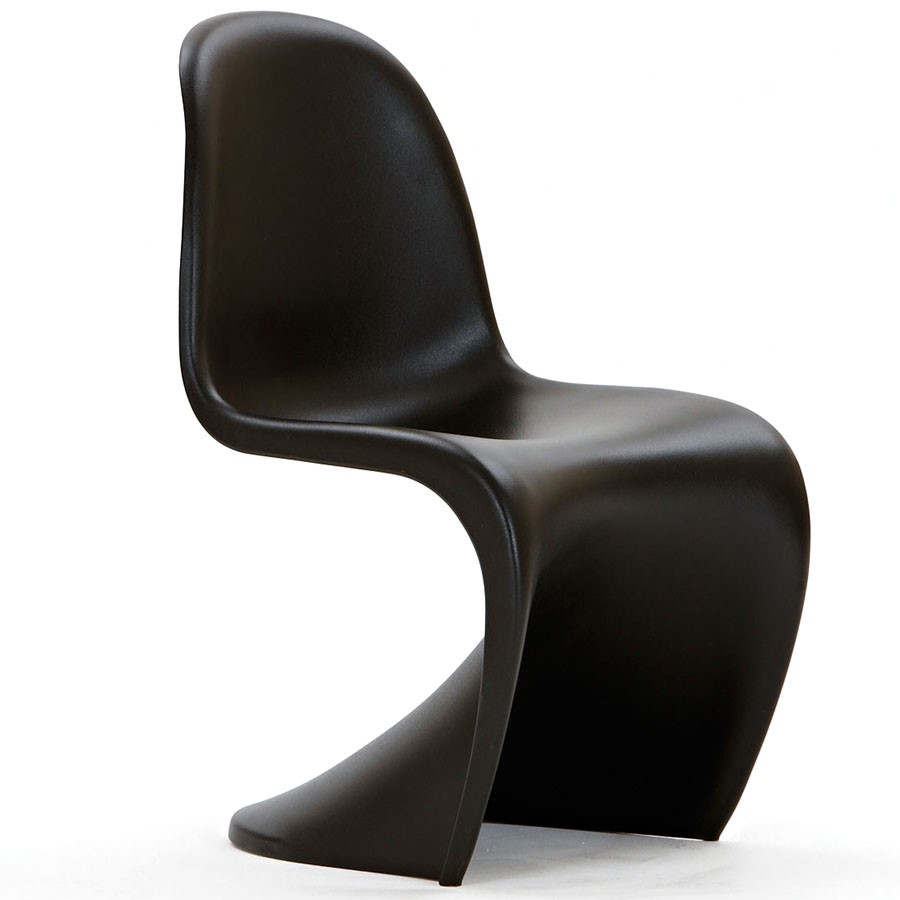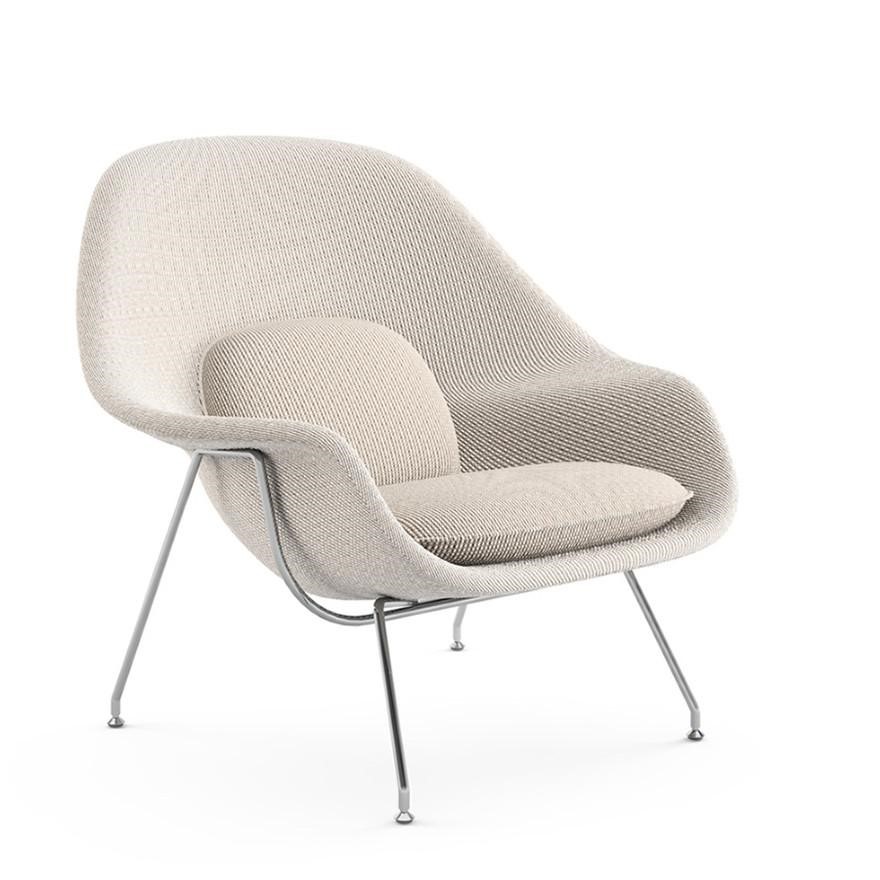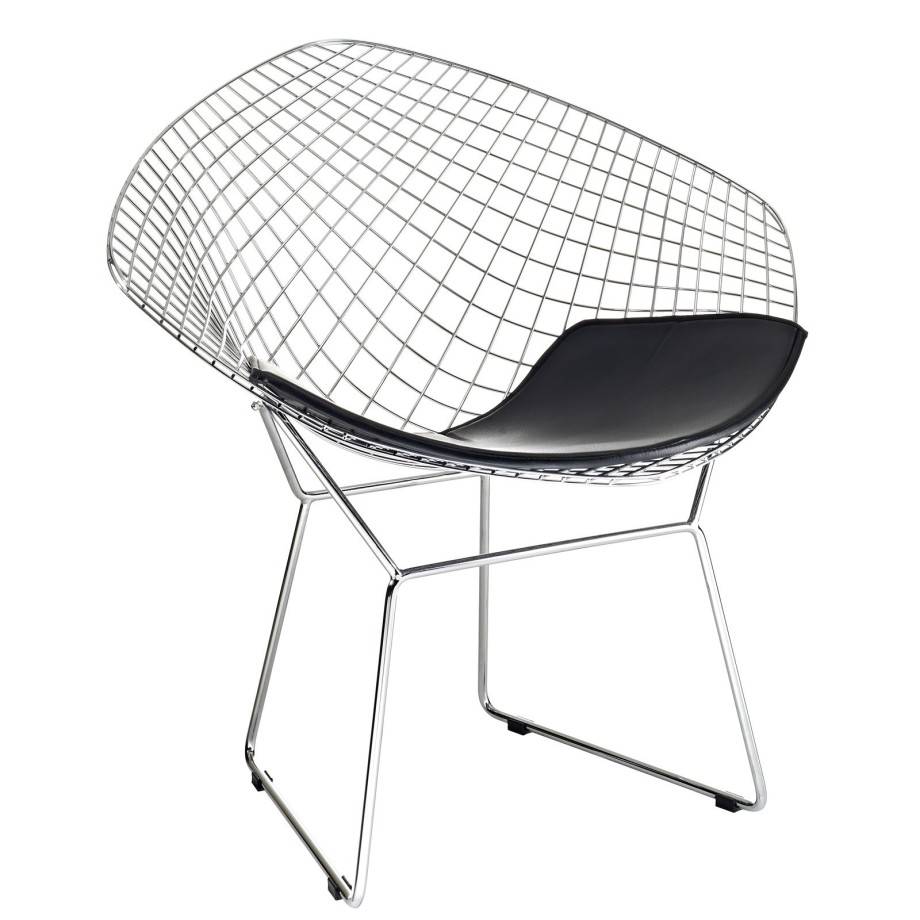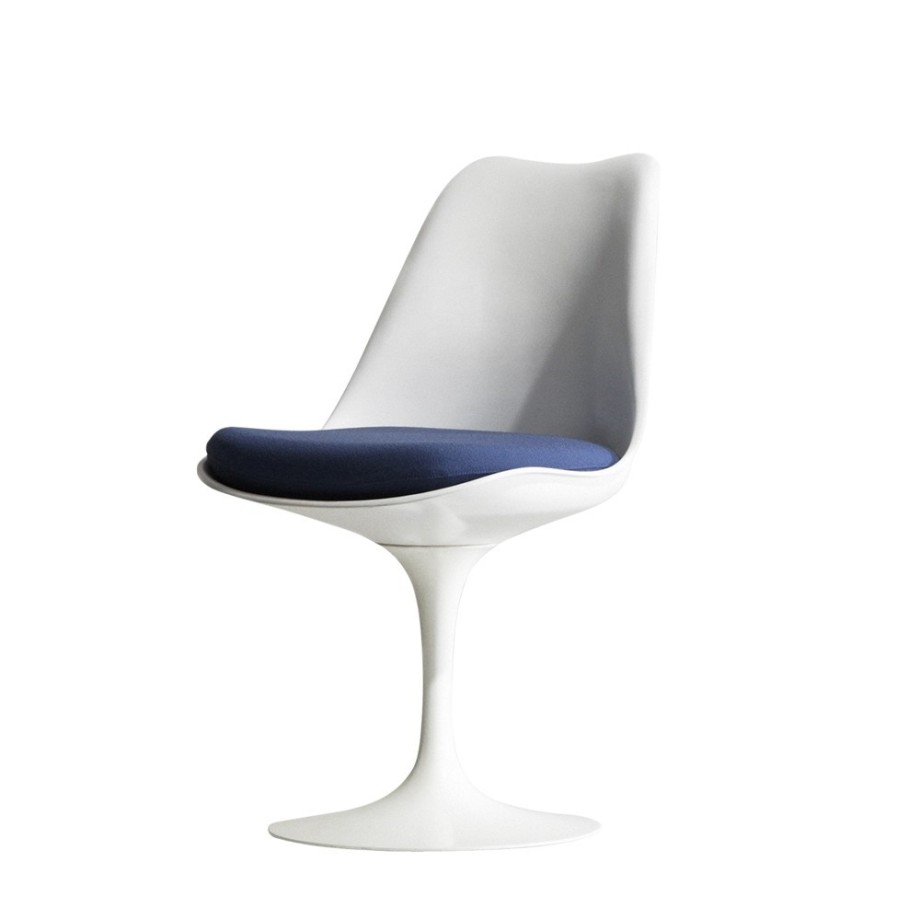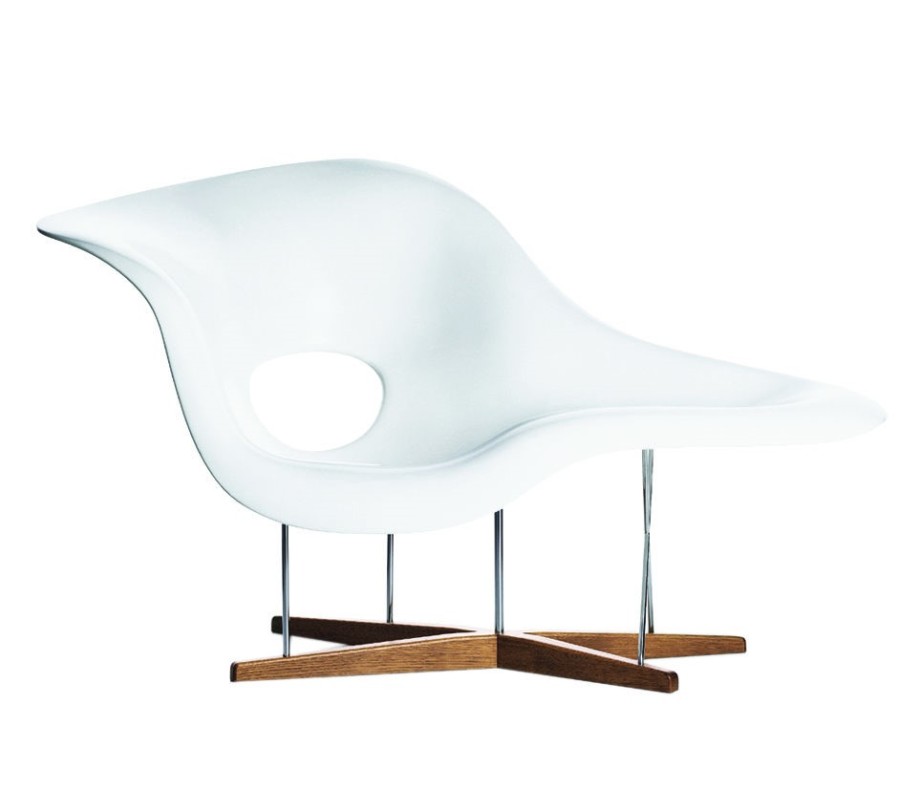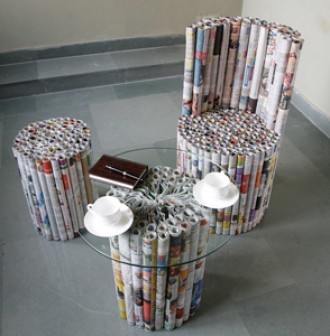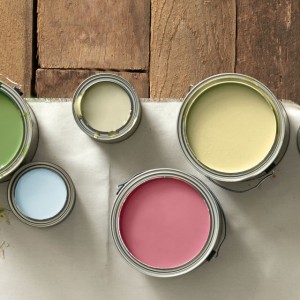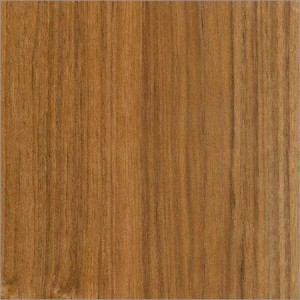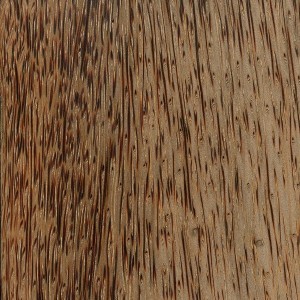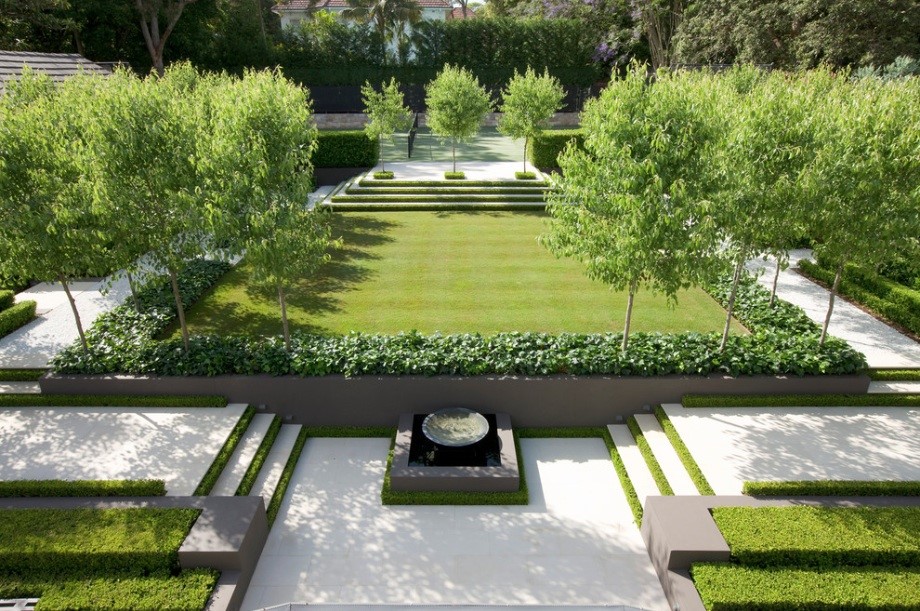The living room is the heart of your house, acting as a congregating space for your family to converge and spend time together. This room, being the area where you will meet and greet guests, hold formal or informal meetings, will leave a lasting impression on any visitor. This article shall show you some DIY living room decorating ideas which will help you turn it into a formal meeting area, an informal hang-out space or a home theatre for the weekends!
There are a few important elements one needs to keep in mind while decorating a living room – walls, openings such as windows and doors, lighting, furniture and accessories.
Before we move on to these, make sure you have a color palette in mind – it could either be a combination of colors that are of the same shade and family or it could be a contrasting palette.
WALLS
Other than the usual treatment of walls which includes wall-paints and finishes in different colors and adding accessories like a painting; you could brighten up by using some of these hacks:
Accentuate one wall with a pattern or a texture treatment, so that it becomes the focus of the room.
From L to R : Try different textures on the wall – first one with paint and plastic sheet, second with natural patterns like leaves.
A typography wall could be a great idea for an informal living space where you could paint out your favorite quotes in beautiful fonts to highlight the wall.
WINDOWS AND DOORS
Windows and doors are usually covered up with curtains so as to not look into our neighbor’s balcony!
Hang mason jars from your window and fill them up with fresh flowers or some potpourri. You can even jazz it up for the evening by adding some lights in the jars.
Mason jars and Planters are excellent window decorating options.
LIGHTING
Always look for form and function when you are choosing lights. A good light will look good when switched on and off too! It is easy to look for something which looks decorative but also gives out ample amount of light. Check out some of these options:
Clockwise from left : A simple but luxury finish chandelier, an industrial-inspired pendant lamp, A cluster pendant lamp, a DIY Inustrial-inspired pendant lamp, a statement floor lamp.
FURNITURE
It is best to give your furniture multiple roles – multifunctional furniture is easily adaptable to changes in your living room setting according to the situation. Also, it doubles up as storage, which is a great plus.
From L to R : Make a coffee table using wooden pallet crates, Use a big upcycled crate as a coffee table with storage, Use old discarded drawers as wall shelves, Use old louvered shutters as a bench-top.
ACCESSORIES
There is a non-exhaustive list of accessories that can be added to your living room to lend it that air of a complete space.
A mirror that is correctly positioned will not only make the space look bigger, but as an accessory itself will act as a sophisticated element.
Upcycled waste like bottles, mason jars etc as vases are great accessories and are easy to make.
From L to R (Clockwise) : Upcycled mason jars which can hold flowers or lights, Upcycle your old china cups into lights, A rustic wooden shim vase, Painted glass bottles that double up as vases,
A simple centerpiece like this one, for your table, will add some green element to your living room.
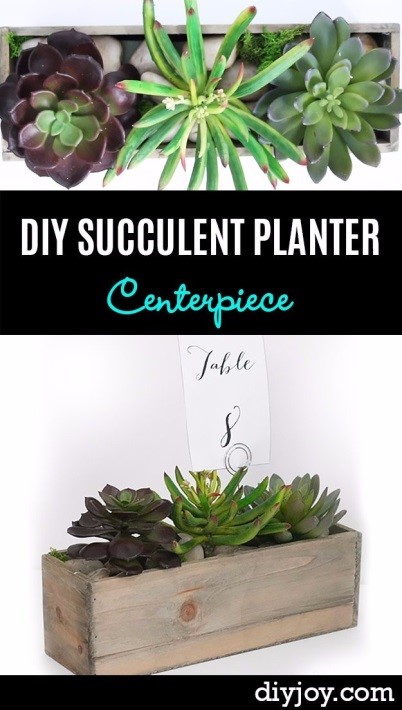


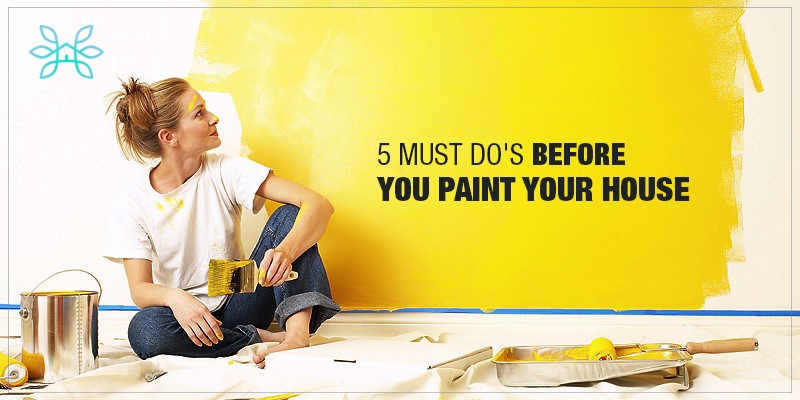












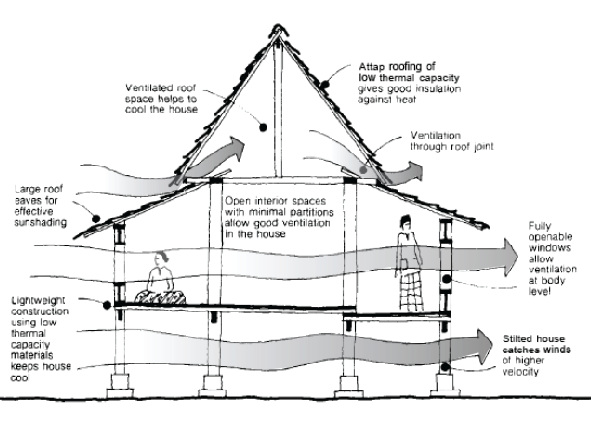
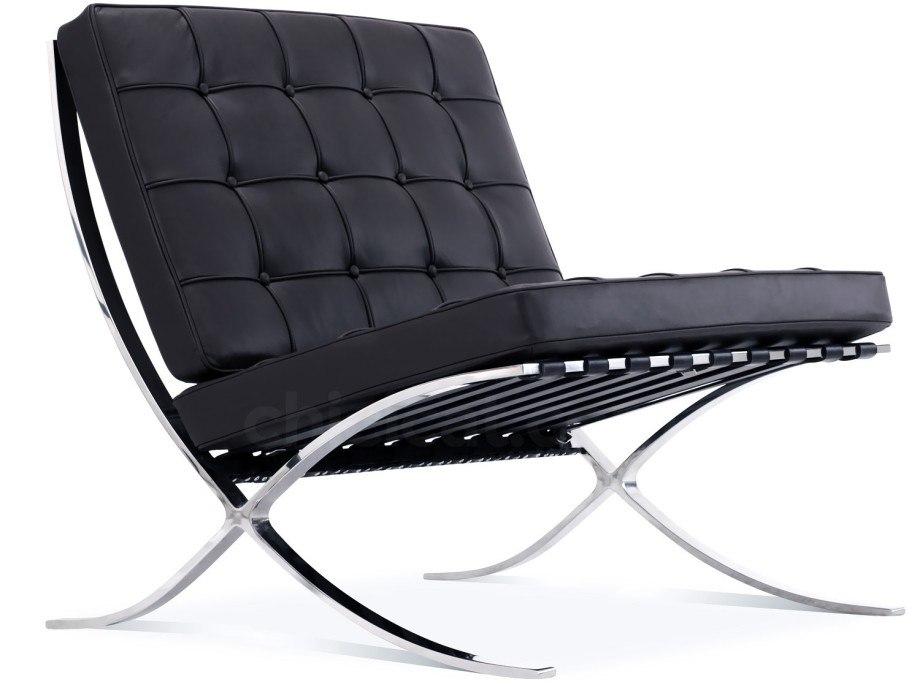 2. LC2 –
2. LC2 – 
